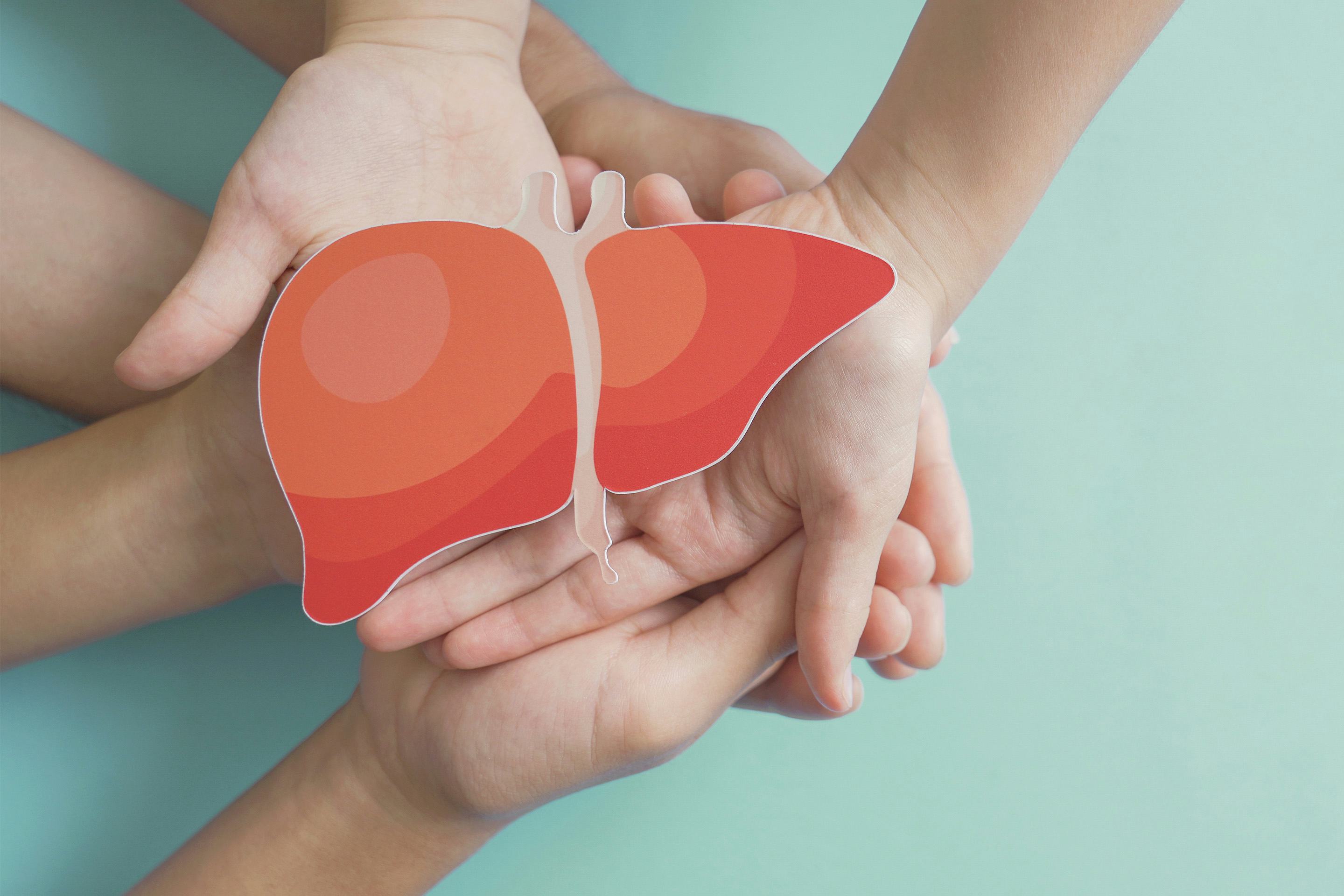Advances in childhood liver disease: liver transplant and gene therapy breakthroughs.

One in five children in Europe suffer from some form of liver disease, the most common of which is fatty liver. Early detection of rare liver conditions, such as biliary atresia, may prevent the need for transplantation later in life. Even so, every year 150 children end up needing a liver transplant in Austria and Germany alone. From May 17-20, the ESPGHAN Congress at the Austria Center Vienna will discuss advances in transplant medicine and the future of gene therapies, as well as the role of nutrition and screening in gastrointestinal and liver disease in children and adolescents.
“Food and drink keep the body and soul in harmony. And this is especially true for children, because a healthy tummy supports healthy development and growth. As paediatric gastroenterologists, hepatologists and nutritionists, our goal is to not only alleviate the limitations that our young patients experience, but also to ensure that they are healthy enough to mature into capable and proactive individuals who can make a positive contribution to society as adults,” explained Prof. Ulrich Baumann, President of the European Society for Paediatric Gastroenterology, Hepatology and Nutrition (ESPGHAN).
Liver disease affects over 20% of children in Europe
Liver disease in children is more prevalent than people seem to realise. A quarter of all children and adolescents in Europe are overweight, a condition which is often linked with the development of a fatty liver. “In most cases, it is simply a question of mild forms of fat storage, but this can also lead to serious, degenerative changes in the liver. In rare cases – in approximately 1-2% of all children who have a fatty liver – the damage to the liver can be so severe that a liver transplant is needed at the age of about 20,” Baumann cautioned. The more that this can be combated through preventative measures, such as healthy eating and a balanced diet, the better. Increasingly, other liver conditions diagnosed in children and adolescents include rare diseases, which often have genetic causes, are related to auto-immune conditions, or – as in the case of biliary artresia – develop by chance.
50 babies are born with biliary atresia each year in Germany and Austria
In biliary artresia, early diagnosis is essential. This rare condition leads to obstruction of the bile ducts and can ultimately lead to catastrophic liver damage. “With an incidence of around 1 in 10,000 in Europe, biliary atresia is rare, but it is the most common cause of liver transplantation in childhood,” Baumann said. n Germany and Austria, 50 newborns are diagnosed with the condition each year. “The major challenge here is to distinguish between neonatal jaundice – a key indicator of this condition – and breast milk jaundice, which is quite normal in newborns. A precautionary blood test two weeks after birth provides the necessary clarity,” the expert confirmed. Detection of biliary atresia at an early enough stage can lead to either a prevention of liver disease, or a significant reduction in likelihood of liver transplantation through the aid of a specialised surgical intervention known as the Kasai procedure.
150 paediatric liver transplants are needed each year in Germany and Austria
Each year, 150 children and adolescents need a liver transplant in Austria and Germany alone. Half of them are younger than two years old. With the help of what is known as the split liver procedure, parents or close relatives can donate part of their own hepatic organ to the affected child. “This involves dividing the liver so that the left lobe, which is significantly smaller, is donated to the infant while the larger right lobe remains with the adult. The liver cell mass then grows back, similarly to a tree after pruning, and function is gradually restored,” Baumann explained. Thanks to this technique, the children have an improved quality of life and can continue to live with the transplanted liver for more than 40 years. This is an exceptional outcome, compared to the prognosis for adults, in which a survival rate of 10 more years is more accurate following a successful liver transplant.
Gene therapy – a great hope for monogenetic diseases
Drug development research is being conducted with a view to improving the prospects for children and adolescents with liver disease. Gene therapy is showing particular promise for the future treatment of monogenetic liver diseases such as Wilson’s disease and alpha-1 antitrypsin deficiency. In Wilson’s disease, for example, it could pave the way for tackling the root cause of the problem – i.e. by targeting the gene responsible for the disrupted copper metabolism in the liver.
Prevention – how to prevent or detect liver disease
Effective prevention of certain liver diseases, such as hepatitis A and B, is already possible through vaccination. The Austrian Mutter-Kind-Pass (Mother-Child-Pass), in which paediatricians document growth and development of the child, is also an essential screening tool for picking up on diseases of the gastrointestinal tract and liver. “It is also important to take children’s tummy aches seriously. After all, 10-15% of children suffer from functional abdominal pain. These abdominal pains are real, and an important indicator of intestinal and central nervous system dysfunction – which can often be treated effectively,” Baumann noted. Paediatricians can also establish initial contact with a paediatric gastroenterologist and hepatologist if there is a suspicion that the child or adolescent is suffering from a gastrointestinal or liver disease.
About IAKW-AG
Internationales Amtssitz- und Konferenzzentrum Wien, Aktiengesellschaft (IAKW-AG) is responsible for maintaining the Vienna International Centre (VIC) and operating the Austria Center Vienna (ACV). The Austria Center Vienna is Austria’s largest conference centre. With 19 halls, 180 meeting rooms and some 26,000 square metres of exhibition space, it is one of the top players on the international conference circuit. www.acv.at
Contact

